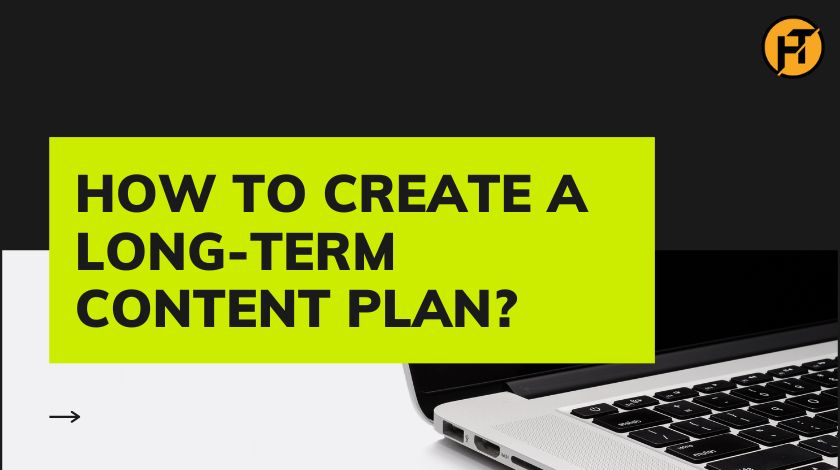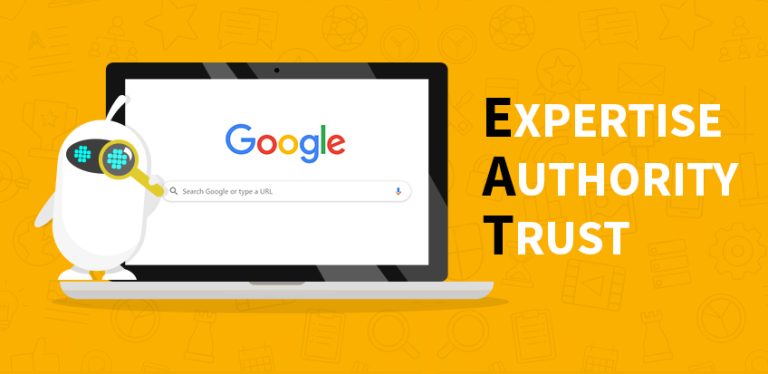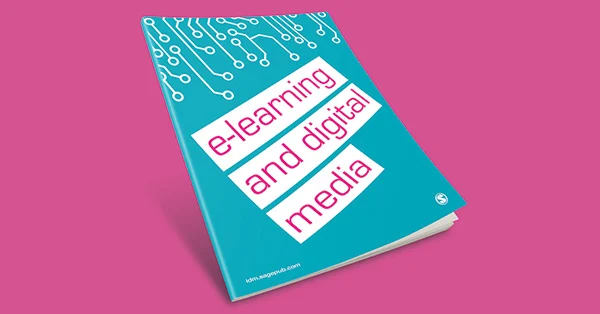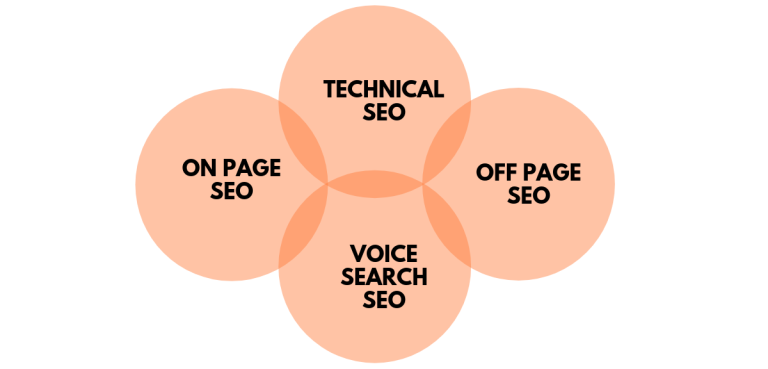How to Create Long-Term Content Plan?
Formulating a marketing strategy, especially content marketing, begins with a long-term content plan. When creating a long-term content plan, you want to keep your eyes open and utilize most of your time.
A plan will keep you well-informed, active, and organized to manage sudden content changes in marketing tasks.
Think of any long-term plan you have, like health insurance. Your intention here is to get financial benefits for any health-related issue. It’s the same with a long-term content plan. With a long-term content plan, you aim to reach marketing goals more stably.
Planning will show you where your strategy is heading and how relevant your content is to your buyer persona in the buyer’s journey. Are you familiar with the words buyer persona and buyer’s journey?
If not, let’s start by defining the buyer persona and buyer’s journey before jumping on to the core topic.
Buyer persona: A buyer persona is your target customers based on the research conducted on your audience. Defining the ideal customers aims to create a targeted marketing strategy for them.
Buyer’s journey: The buyer’s journey is the research process your potential customer goes through before they get involved with your business.
It’s a journey where potential customers become aware, consider various solutions, and finally decide.
So now you got a brief idea about buyer persona and how they move through the buyer’s journey, you can easily understand the context of this article.
This article is based on creating a long-term content plan and content promotion concerning buyer persona in different stages of the buyer’s journey.
Three stages to creating a long-term content plan
When you build a long-term content plan, you must modify the ongoing strategy to stay relevant. But that doesn’t mean you change everything in your plan. A little tweak in the project is a continuing process.
The three stages help you stay consistent and build a long-term content plan.
1. Set a marketing goal
No business plan is complete with a goal; likewise, the content plan is incomplete with a purpose. When you set a goal, it helps you stay focused. Ensure that you’re developing a content goal concerning your buyer persona.
Additionally, when you set a goal, each piece of content created for marketing should be tied to a plan that is directly related to the organization’s overall goal.
The primary objective of setting a goal is to generate guidelines that explain what you want to achieve for your organization. The plan must be strategically formulated, which should also define every step.
You must set a SMART goal to have a well-directed and focused intent. Your goal should be SMART- Specific, Measurable, Attainable, Relevant, and Timely.

Let’s know these elements one by one.
Specific Goal
Consider 5 “W” Questions- Who, What, Where, When, and Why to have a specific goal.
- Who– Who is your target customer in your goal? You have to define the people involved in your goal.
- What– What do you want to accomplish? You need to identify what you want to achieve.
- Where– Where is the goal to be achieved? You must finalize the place or platform where you should set a goal.
- When– When do you want to achieve the goal? It would be best to look for the right time to accomplish a goal to get more from it.
- Why– Why do you want to achieve a goal? It would be best if you also clearly defined the plan’s purpose.
Measurable Goal
Your goal needs to be measurable to determine the progress of your task and to be able to track each step of your goal. To make your goal measurable, you need to have an answer to the following question.
- What is the progress indicator?
- How much have you achieved?
Attainable Goal
The goal needs to be challenging, but it should be achievable too. To check whether your goal is feasible or not, you need to be answerable to the following question:
- Do you have the resources to achieve the goal? If not, what is the alternative?
- Have other people done it successfully before?
Relevant Goal
The goal should be realistically achievable with the available resources at a given time. The relevancy of the plan should answer the following question.
- Can you commit to achieving the goal?
- Is the set goal realistic and within reach?
Timely Goal
The goal must have a start and finish date. If the plan doesn’t have a proper time frame, people involved in the dream will not have a sense of urgency.
Hence, there is no motivation to achieve the goal. You should have an answer to the following question to set a timely goal.
- Does the goal have a deadline?
- By when do you want to achieve a goal?
Your SMART goal can be used to increase the traffic to your website from 2000 to 2500 at the end of this month by publishing a blog post.
2. Audit content
Auditing is the best way when you’re working to build a long-term content plan. It will help you find an opportunity to create content for your buyer persona in the buyer’s journey.
You can categorize auditing into two categories- Content audit and Event-based audit.
Content audit
In a content audit, you must identify all the resources your business uses to attract and engage customers.
Organize the content audit, which includes the Content Title, Buyer’s journey stage, Lifecycle stage, content format, targeted buyer persona, topic, and notes that provide value to the content.
Look at the worksheet image below for an idea about the content audit.
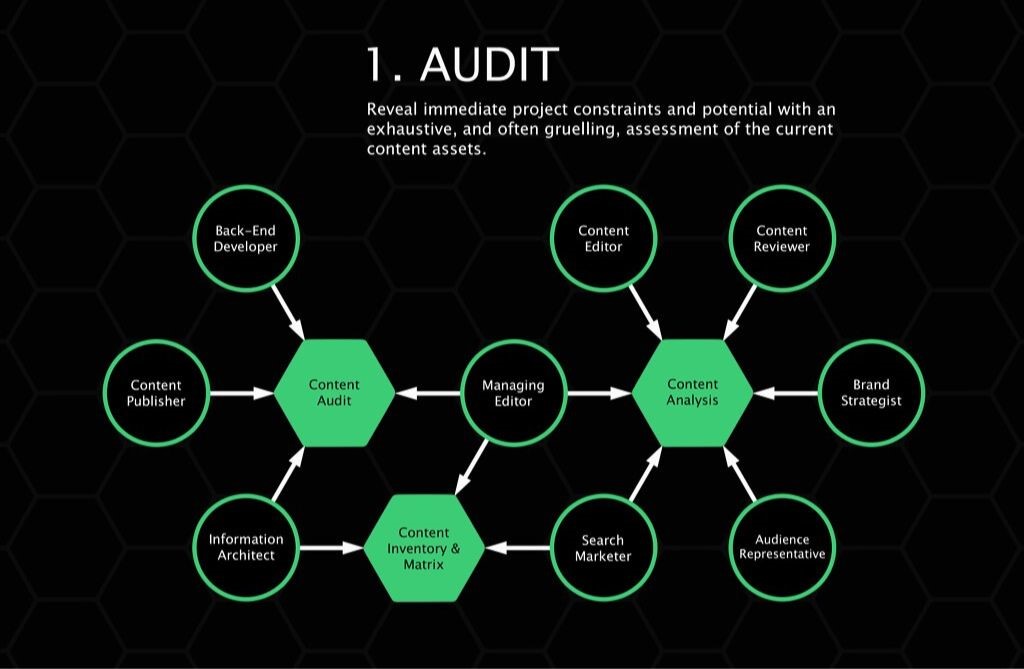
Event-based audit
You must take upcoming projects or events involving content to perform even- a based audit. It’ll allow you to figure out how to connect the content with the buyer persona in the buyer’s journey.
This way, you can organize your blogs to create good content for your buyer persona.
3. Identify buyer persona in the buyer journey
Knowing your buyer persona is essential to create a long-term content plan. This is a crucial step because you’re creating content to attract and engage buyer persona so they can move from one stage to another in the buyer’s journey.
At the very beginning of this article, we’ve discussed buyer persona and buyer’s journey. Now let’s learn about it to get more insight.

Identifying an ideal buyer persona will help you create relevancy and tailor the blog to build a long-term content plan.
Suppose you are having trouble identifying your ideal buyer persona. In that case, you can discuss it with your team or divide your audience based on demographic, geographic, and background and match categories with the goal. See which classification matches your intent in the best way.
The buyer’s journey has three stages: awareness, consideration, and decision.
Awareness stage
This is the first stage of the buyer journey, where people have a problem and are looking for a solution. In this stage, they’re trying to learn to solve the problem. You can attract the persona by publishing blogs, social media posts, educational videos, etc. The main intention should be to give information to educate your prospects.
Consideration stage
In this stage, you’re helping your persona to make a decision. You can talk about the product or services offered by your business.
You can encourage people to take the next step by conducting webinars, live events, podcasts, etc. The goal in the consideration stage is to address the question and solve the problem.
Decision stage
In the decision stage, people are likely to buy your product. They would like to know more about the product or service you offer before they make the final decision.
You can convince people by offering free trials, live demos, product comparisons, etc. The objective here is to help prospects make informed decisions.
Now you can create a content plan for buyer persona in the different stages of the buyer’s journey. When creating content, ensure you’re addressing the persona’s question and completely solving their problem.
Final Thought
Following these steps will help you build a long-term content plan. But you also need to know that the long-term content plan is evolving.
At some point, you might have to change your plan by using tactics to reach the goal. A good strategy always has a definite purpose and directs your marketing efforts.

